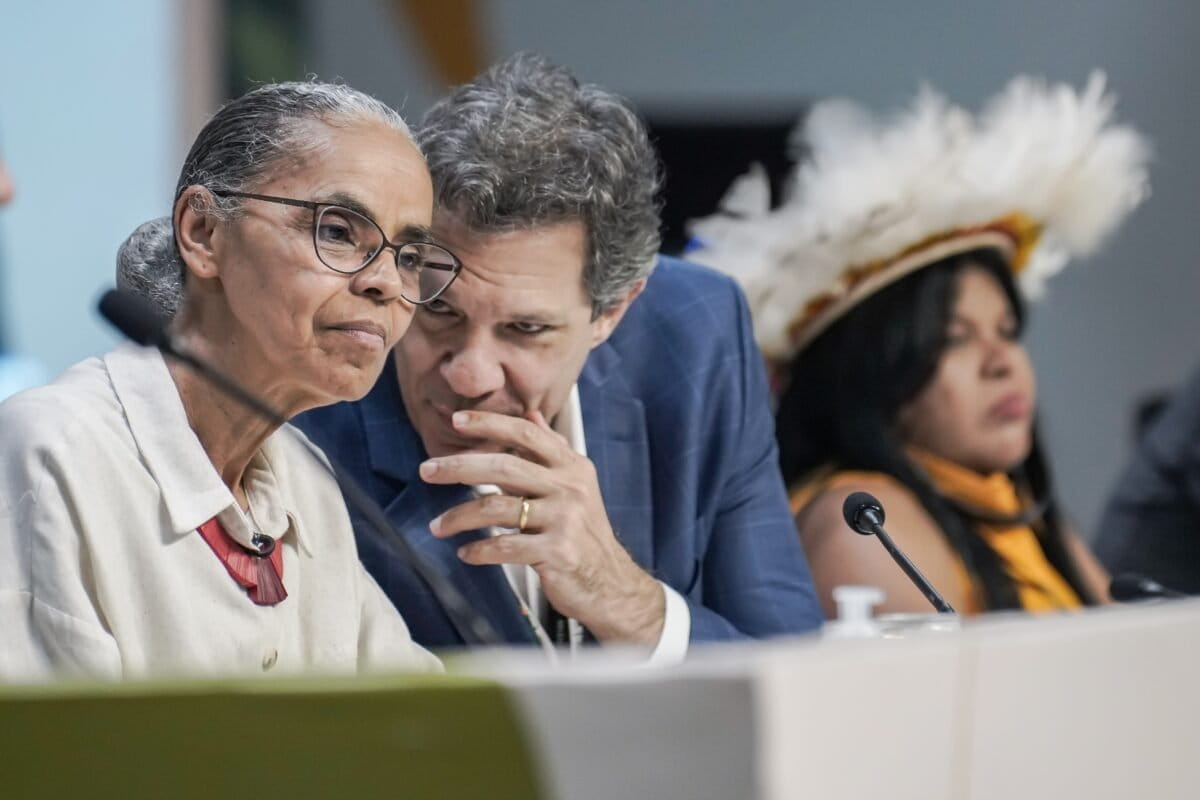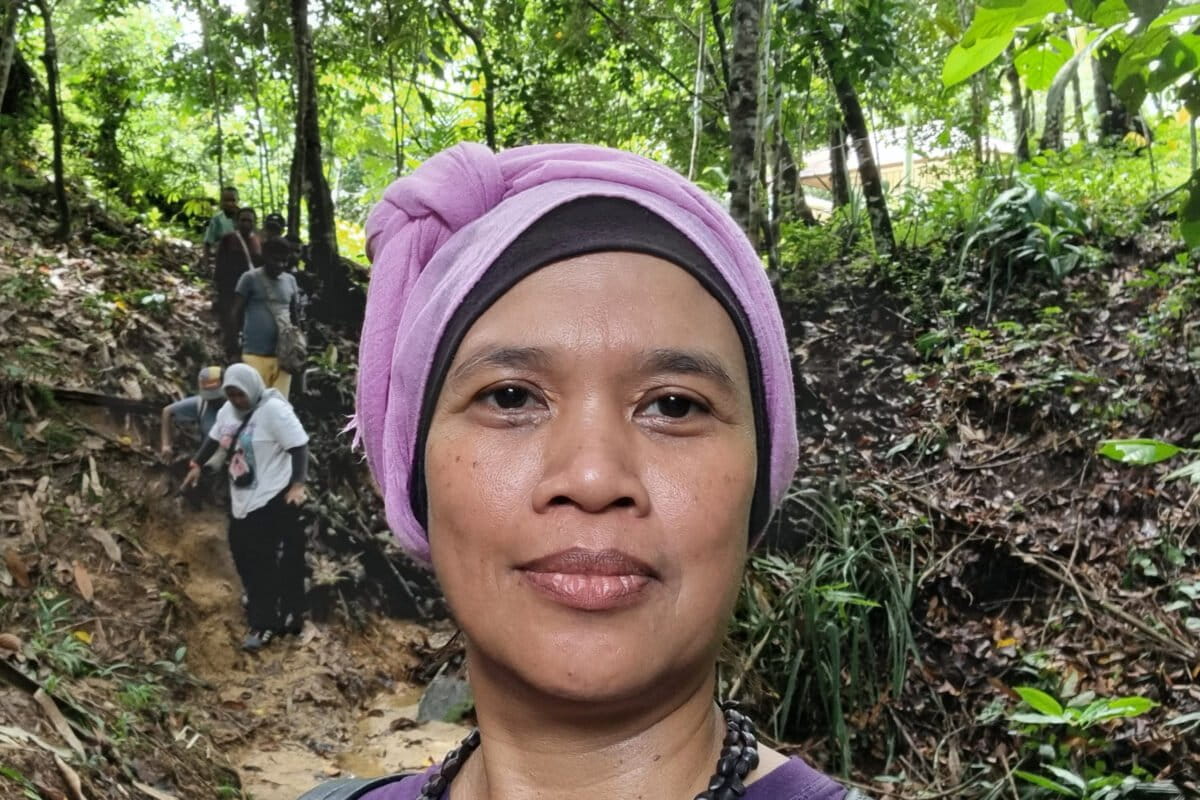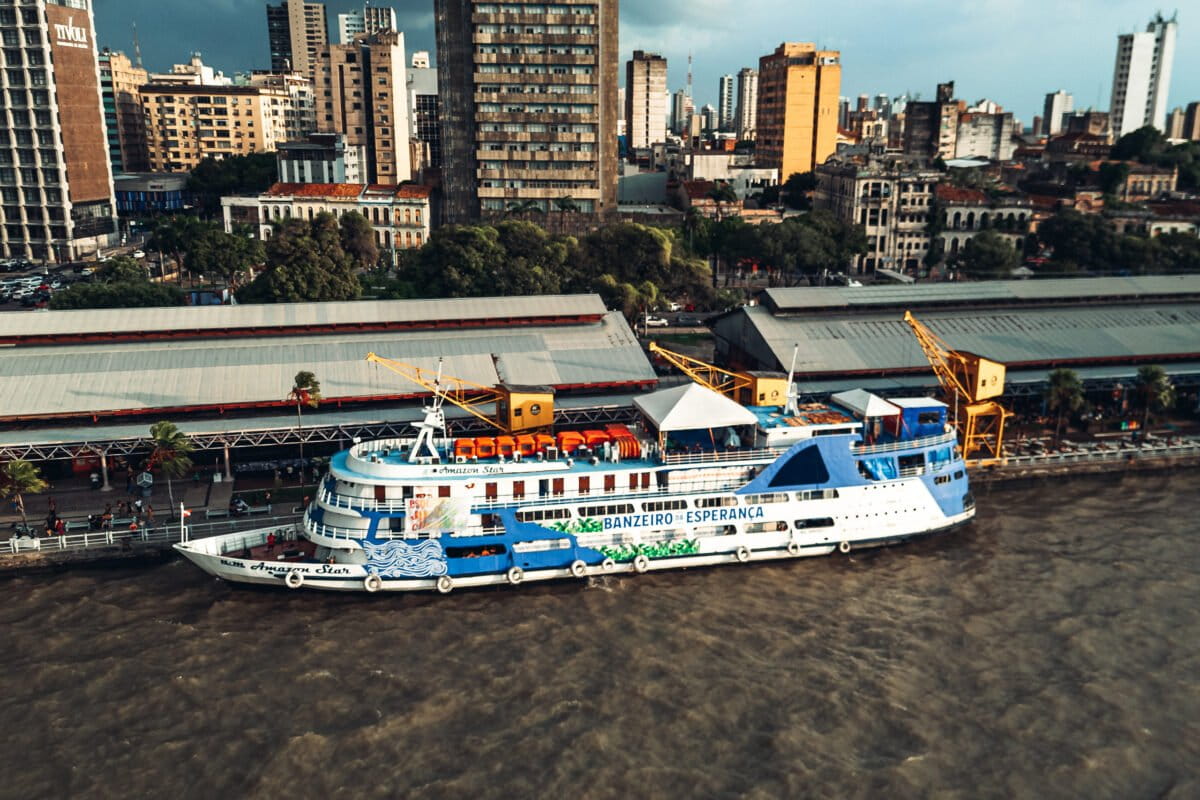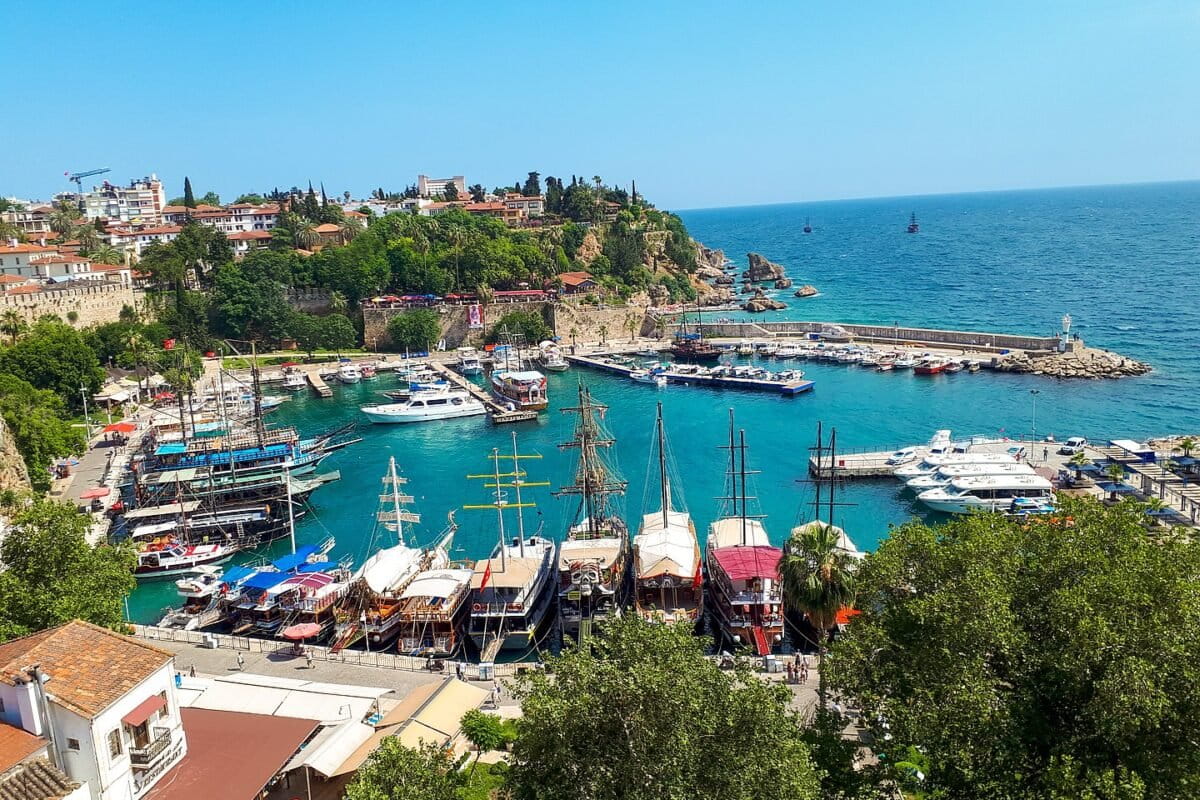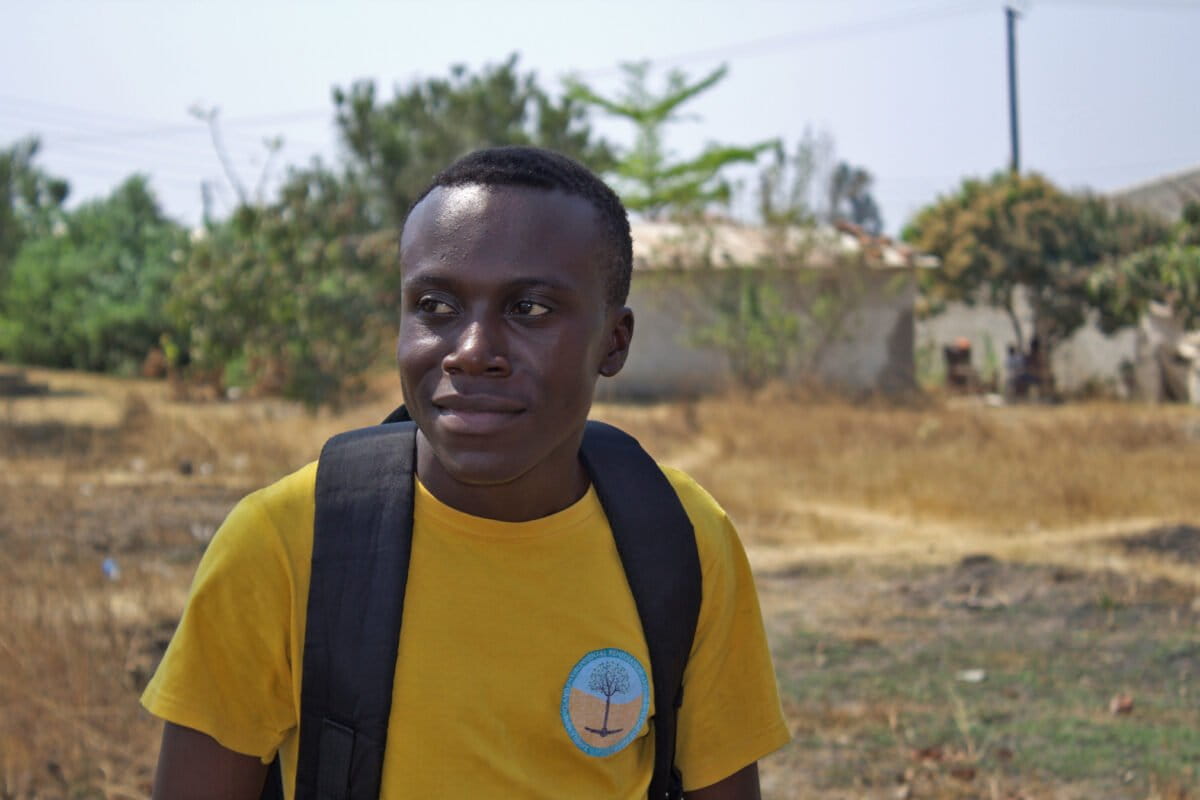- The Tropical Forests Forever Facility (TFFF) secured $6.7 billion in sponsor capital at COP30, representing less than a quarter of the $25 billion initially required for a full-scale rollout.
- Policy analysts warn that a smaller fund could likely lose the capacity to outpace deforestation drivers in tropical forests — key in the race to avoid climate disaster.
- Rich nations blamed operational rifts and budget constraints to hold off funding TFFF, a struggle that reflects a worldwide crisis in climate finance; nearly one-third of the funds raised by global forest mechanisms remain undisbursed.
BELÉM, Brazil — Brazil’s big climate finance bet, the Tropical Forests Forever Facility (TFFF), attracted $6.7 billion in sponsor capital at COP30, below the $25 billion initially required to roll out the initiative at full scale. Global North countries have been hesitant to commit funds, often alleging domestic budget constraints. Yet, Brazilian officials insist the fund can begin operating on a smaller scale and a prolonged timeline.
TFFF, led by the Brazilian government and hosted by the World Bank, offers an innovative proposal to finance the conservation of tropical forests. The idea is to raise $125 billion in public and private capital to invest in capital markets — primarily in long-term sustainable bonds issued by developing countries.
The plan initially requires $25 billion in junior “sponsor” capital, mostly from Global North governments. These funds would function as a safety net to attract an additional $100 billion from private investors. Profits generated by the fund would first pay dividends to investors, then reimburse sponsors, and the remaining balance would be distributed to eligible forest nations.
The goal is to pay tropical forest countries $4 per hectare (2.5 acres) of preserved forest each year, based on satellite monitoring — an amount that could be reduced based on degradation or deforestation. Of that total, 20% would go to Indigenous peoples and local communities, although how those funds would be distributed locally is still unclear.
Brazil pitched TFFF as one of its flagship contributions to COP30, held in the Amazonian city of Belém at the end of November. At the initiative’s launch on Nov. 6, during the summit, Brazilian ministers described the sponsor capital pledged so far as a success, despite it representing less than a quarter of what is needed for a full rollout. “We are very excited,” Marina Silva, Brazil’s environment minister, said at a press conference. “TFFF has already started very well even before it officially began.”

However, local officials also acknowledged the fund is shaping up for a more timid rollout. In a shift from the widely publicized $25 billion sponsor target, government representatives focused on the more modest goal of raising $10 billion by the end of Brazil’s COP presidency in late 2026.
“If we reach $10 billion [in sponsor capital], that would leverage $40 billion [in private investments],” Ambassador Mauricio Carvalho Lyrio, Brazil’s secretary for climate, energy and environment, said at the press conference. “The fund would then operate with $50 billion.”
“We already have more than half of those resources we set out to raise,” Silva said optimistically. “President Lula told me he is willing to get on the phone with global leaders to secure the rest of the funding we need,” he said, referring to Brazil’s President Luiz Inácio Lula da Silva.
The government has since announced that the first payments — which could be smaller than originally anticipated — could reach qualifying countries in 2028.
Hesitancy to commit funds
The TFFF initiative received strong political support in Belém. Fifty-two countries and the EU signed the TFFF Launch Declaration, of which 34 were tropical forest nations set to receive funds.
The initiative also secured some surprising donor contributions. Portugal’s prime minister, Luís Montenegro, announced an unexpected $1 million investment. Indonesia, a developing country that will benefit from the fund, confirmed a $1 billion pledge to help kick-start the initiative. A few days later, Australian billionaire Andrew Forrest promised $10 million to the sponsor capital pool. Forrest is the founder of Fortescue Metals Group, one of the world’s largest iron-ore producers.
However, other financial commitments fell short or came with strings attached.
Norway made a celebrated $3 billion pledge, subject to multiple conditions. The amount is contingent on refinements to the financial model and would be made available only if additional sponsor capital reaches $10 billion by the end of 2026 — a target still unmet. What’s more, the contribution would be dispersed over the course of 10 years.
France’s $577 million investment was also tied to certain requirements. Those include regular evaluation of the TFFF mechanism, independent scientific analysis of the fund, and a commitment to transparency. If conditions are met, the country has promised to disperse the funds by 2030.

Meanwhile, Germany announced its contribution at the tail end of COP30, after withholding a figure for weeks, even during a one-on-one meeting between Brazil’s President Lula and German Chancellor Friedrich Merz. The country finally announced a $1.15 billion grant to be disbursed over 10 years in $110 million yearly installments. The format of a “grant” differs from other countries’ contributions because the fund would not need to make interest payments to Germany. However, there’s a risk that it could constrain additional commitments to climate funding.
German federal parliament member Charlotte Neuhäuser, of Die Linke (Left Party), who was attending COP30, told Mongabay the government is facing budget cuts driven by a stagnating economy. “In this environment, the government has shifted its strategy when it comes to developmental aid,” she said. “When it comes to these projects, they first ask what the value is for Germany. They are finding it hard to justify these investments.”
As a member of the opposition and the Left Party’s speaker for global justice, Neuhäuser supports the channeling of funds to the Global South, but through different mechanisms. “I do not support TFFF because it reinforces new colonial structures,” she said. “I would like to see Indigenous people and affected groups come to the table, express what is needed and the money going directly to them.”
The U.K. is in a similar bind. In a bilateral meeting in Belém, Prince William and Prime Minister Keir Starmer praised TFFF, a finalist in the Royal Earthshot Prize. The British government has long supported the initiative and even helped shape its design. But officials declined to announce a financial contribution during the summit, citing domestic economic pressures.

“The U.K. is just about to have its annual budget, and there is a lot of questioning amongst the British public about whether the new government is spending money well,” explained Michael Jacob, a visiting senior fellow at the British think tank ODI Global. “I think an announcement of spending a very large sum of money on rainforests in other countries was regarded as politically not very appropriate.”
Jacob, who moderated a panel at the U.K. pavilion at COP30, also said he believes the country would need to see changes in the fund’s setup. “The sad truth is that the U.K. government didn’t feel quite comfortable enough at a technical level to invest in the fund,” he said. “This is a bit chicken-and-egg because if developed countries are not absolutely sure that this financial model is sound, it would be much sounder if they all put in some investment of their own.”
John Nordbo, head of climate advocacy for the nonprofit CARE Denmark, sees a broader trend in Europe scaling back development assistance, in part due to increased military spending. “There are new NATO obligations in Ukraine, and we are seeing the consequences in climate finance,” he told Mongabay at COP30’s Blue Zone. Although Nordbo has reservations about TFFF, he said Global North countries have a responsibility to contribute to the Global South. “It’s difficult for the EU to show leadership at this COP, but there are real issues that need funding.”
What’s the TFFF? A forest finance tool ‘like no other’ shows potential
China, which signaled support and possible contributions to the TFFF, also held back on making an official announcement.
In a Climate Summit address, Chinese Vice Premier Ding Xuexiang appeared to shift the responsibility to developed countries, urging them to “take the lead in cutting emissions.” Brazilian officials have since shut down rumors that the Asian nation has closed the door on committing to the fund and are hopeful the country will announce an investment in the near future.
Indonesian Environment Minister Hanif Faisol Nurofiq told Mongabay at COP30 he hopes other countries will step up contributions and realize the opportunities the fund offers. “I think it is a very important mechanism,” Nurofiq said. “Indonesia sees it as a way to develop the independence of developing countries in the handling of climate change via tropical forest protection.”

What a smaller TFFF could look like
German policy analyst Max Alexander Matthey has raised concerns about the possibility of a “Mini-TFFF” with donor investments significantly below $25 billion.
He argued that a smaller sponsor cushion would reduce private capital investments and weaken what he already sees as a “volatile financial model” based on emerging-market bonds. “If markets turn the wrong way, donor funds could be gone in an instant, wiping out billions that were initially paid for forest protection,” he told Mongabay on a video call.
Matthey, a co-initiator of the Climate Impact Auctions initiative, also warned that TFFF’s cost structure would stay around $300 million per year, even with a smaller rollout. The cost could absorb a large amount of the profits. “If returns shrink, TFFF could end up reliably financing only its own fees, not meaningful rainforest payments,” he said. “At that point, incentives for forest protection simply lose to deforestation drivers.”
As an alternative, he supports a more predictable, long-term funded TFFF. “If five donor countries directly contributed $500 million each, you’d have $2.5 billion a year in stable forest rewards,” he said. “No leverage, no speculation, no risk. Just dependable payments for a mechanism that could actually set the right incentives.”
However, Felix Finkbeiner, founder of the Plant-for-the-Planet organization in Germany, argued that a gradual ramp-up of the mechanism is not necessarily problematic. His nonprofit has set up a website to track TFFF pledges, investments and rewards. “The $25 billion is somewhat arbitrary,” he said. “Nothing magical happens with this number. We have something really exciting here. We will keep pushing for the full $25 billion, but it could kick off even now.”
He points to several alternatives to making the mechanism work with less upfront capital. “TFFF could initially not pay out the full $4 per hectare, or it could pay the $4 but adjust the deforestation threshold for countries to qualify,” he said. “You could play around with these numbers to pay a reasonable number of dollars to a smaller number of countries and adjust payout rules as you gather more investments.”
Another idea is to delay payouts to forest nations while the fund grows. “There’s the possibility of not paying countries right away, but keeping the profits for another year or two,” he said. “The goal would be to add those funds to the donor pool as a larger buffer to attract additional private investors.”

Forest investments are slow to take off
A study published during COP30 revealed that TFFF is not the only tropical forest fund struggling to raise resources.
Climate Policy Initiative and the Pontifical Catholic University of Rio de Janeiro mapped 30 active financial mechanisms for forests around the world, from the U.N. REDD program to the Amazon Fund. Researchers found that these mechanisms have raised a total of $25.9 billion, but nearly one-third of that amount (31%) has yet to be issued or disbursed.
“There is a wide variety of mechanisms operating in different ways across many countries,” co-author Juliano Assunção told Mongabay at COP30. “But despite this diversity, the overall scale is still very timid, especially when you consider the crucial role that forests play in climate change.”
Assunção added that, in this landscape, TFFF stands out from other restoration and carbon credit initiatives. “The TFFF payment is tied to the hectare of standing forest. That gives conceptually a broader view for forest protection,” he said. “But it is just one mechanism. Many others are needed to keep forests standing.”
According to the publication, the world has roughly 1.3 billion hectares (3.2 billion acres) of tropical forests that store nearly one-third of historical global emissions. Researchers argue that not only protecting, but restoring, forests is needed to curb climate change. The study reveals that restoring more than 180 million hectares (445 million acres) lost since 2001 could sequester more than 49 gigatons of CO2 equivalent, more than global energy-related emissions in 2024, according to the International Energy Agency (IEA).
With COP30, Indigenous Brazilians strive for new resources to protect nature
FEEDBACK: Use this form to send a message to the author of this post. If you want to post a public comment, you can do that at the bottom of the page.


